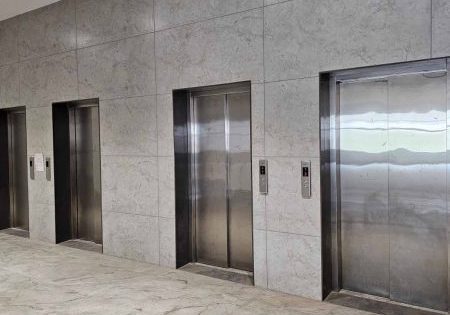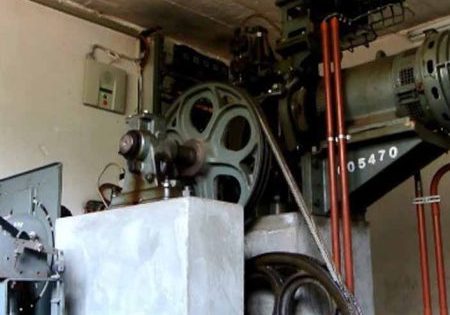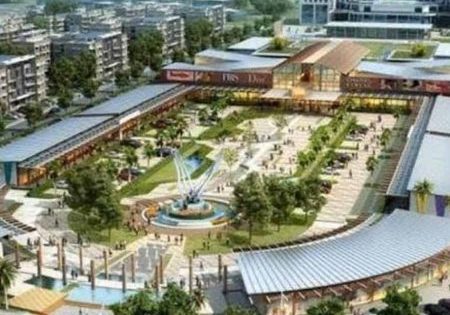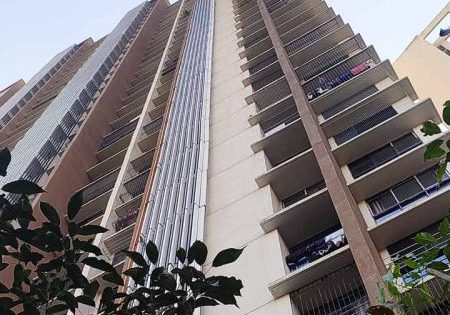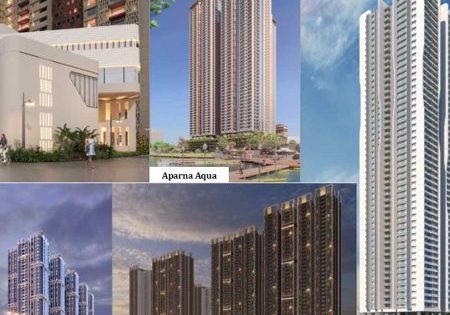Energy-Efficient Models for Modern High Rises
Jun 4, 2025

How to conserve energy with today’s elevators
In the modern day, everything is getting automated. Every automated thing needs energy to work. This is adding to worldwide energy consumption every day and has made energy consumption a global issue.
One way to reduce energy consumption is to avoid automation. But this is not possible with the present technology-driven lifestyle. Another way to control or reduce energy consumption is to implement energy-efficient systems.
Energy consumption can be controlled by improving design and by controlled/efficient use.
Energy consumption for an elevator is always a concern for housing societies, even for commercial premises it is becoming a major concern.
We try to minimize the use of elevators by studying their travel/use patterns and modifying their parking places, planning odd and even floor movement, segregating floor allotment or shutting down a few elevators during non-peak hours. This certainly helps reduce energy consumption. But it does not provide substantial savings on electricity.
We need to think about technological improvement or changes to meet this challenge. Developments and changes made in the system should keep energy savings in mind. Some of these changes/developments are explained here:
- Dispatch control systems
- a) This control provides efficient use of the elevator, saves unwanted movement and ultimately reduces energy consumption.
- Gearless systems
- a) This development has resulted in great savings in energy consumption. Today, almost all companies use gearless systems. They help by reducing energy consumption by nearly 20% compared to motor gear systems.
- VVVF drive
- a) The variable voltage variable frequency (VVVF) drive has given new life to the elevator industry. In addition to considerable energy savings, this system increases the overall useful life of the equipment. It is claimed to reduce energy consumption by nearly 25%.
- LED light systems
- a) LED lights are known for long life and low energy consumption. The amount of energy used for lighting in elevators is exceedingly small compared to machine and control units.
- Regenerative systems
- a) All the above systems except regenerative systems have been in use for quite some time and have become regular elevator features.
But, the best one is the regenerative system. The thought is not new, but requires a lot of work to make it useful and economically viable.
Historically, for variable frequency drive applications, this energy was shunted across a braking resistor and dissipated as heat. This resulted in two problems:
- a) All the above systems except regenerative systems have been in use for quite some time and have become regular elevator features.
- First, the heat represented wasted energy. The costs to a building owner could be significant depending on the size, duty and number of elevators in the building.
- Second, the additional heat in the machine room often resulted in additional cooling costs.
Let us first understand the principle behind the system.
When lifting a fully loaded car in a traction elevator application (fully loaded lift moving up), electrical power is drawn by the elevator from the building’s utility system. On the other hand, while descending, the same fully loaded car will regenerate energy. In other words, the stored energy in the mechanical system is converted back into electrical energy.
In a traditional elevator, the electricity is used to power the motor and any extra energy is wasted. In a regenerative elevator, the electricity is used to power the motor, and the extra energy is recaptured and stored. This energy can then be used to help power the elevator up or down.
How Does the Regenerative System Work?
In regenerative braking, the kinetic energy of the car in motion is captured and converted into electrical energy, rather than dissipating entirely as heat. The electric motor is responsible for these actions; in reversing the processes it uses to propel the car, the motor becomes a generator.
The cost of energy saving is not considerable compared to the overall cost of the regenerative system and other accessories required to install this system. The cost of a regenerative system with necessary changes is around 5 lakh per elevator for a standard 10-passenger, 1 m/s, 15-floor lift. The concept is good, but needs more research to make it economical and practical.
Get more of Elevator World. Sign up for our free e-newsletter.



